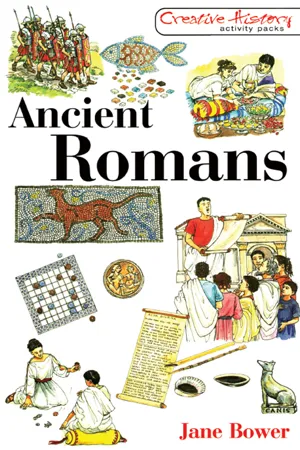
- 20 pages
- English
- ePUB (mobile friendly)
- Available on iOS & Android
Ancient Romans
About this book
This innovative series is designed to help teachers bring history topics to life through imaginative creative arts activities. Each pack includes 10 laminated, double-sided cards, printed in full color. The cards describe in detail activities that recreate aspects of life in a particular historical period, using art, drama and dance. Each activity is based on historically researched authentic practices of the time. Ideal for whole class or small group sessions, the packs are an inspiration for busy teachers looking for new ways to approach project work at Key Stage 2 - and can also easily be used with Key Stage 1 classes.
Roman activities in this pack include wax tablets - recreating schoolroom writing equipment; prayers and curses - making clay tablets and votive tokens; perfumes and potions - herbal remedies and how to prepare them; make a mosaic - how to plan, design and construct a Roman mosaic; ideas for dances showing aspects of the Roman era, and a play for performance.
Frequently asked questions
- Essential is ideal for learners and professionals who enjoy exploring a wide range of subjects. Access the Essential Library with 800,000+ trusted titles and best-sellers across business, personal growth, and the humanities. Includes unlimited reading time and Standard Read Aloud voice.
- Complete: Perfect for advanced learners and researchers needing full, unrestricted access. Unlock 1.4M+ books across hundreds of subjects, including academic and specialized titles. The Complete Plan also includes advanced features like Premium Read Aloud and Research Assistant.
Please note we cannot support devices running on iOS 13 and Android 7 or earlier. Learn more about using the app.
Information
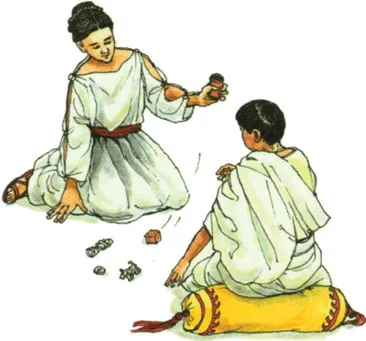



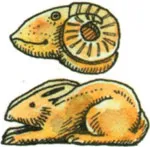
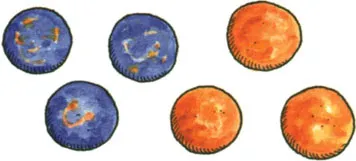
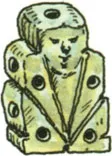
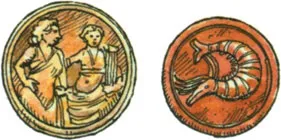
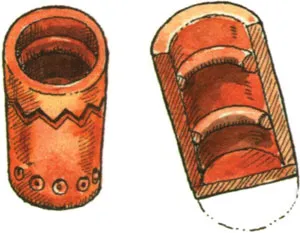
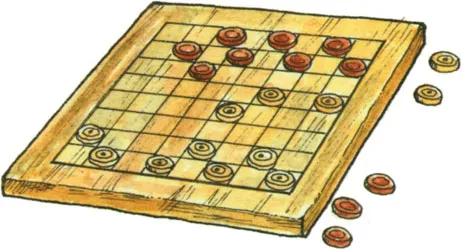

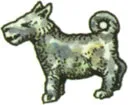



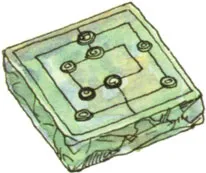

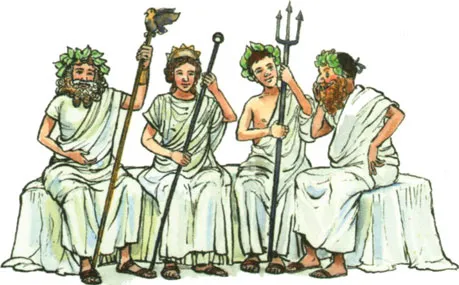
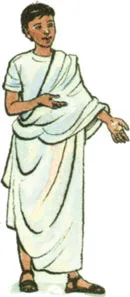
Table of contents
- Cover
- Copyright Page
- Table of Contents
- ACTA DIURNA: MAKE YOUR OWN ROMAN NEWSPAPER
- A DEPICTION IN DANCE: SHOW ASPECTS OF ROMAN LIFE THROUGH MOVEMENT
- DICE AND COUNTERS
- THE GODS VISIT THE ARENA: PERFORM A ROMAN PLAY
- MAKE A MOSAIC
- PERFUMES AND POTIONS: COSMETICS AND MEDICINES IN ROMAN TIMES
- PRAYERS AND CURSES
- RECIPES AND MENUS
- TRIAL AT THE TRIBUNAL: TURN A CLASSROOM OR HALL INTO A ROMAN COURT SCENE
- WRITING TABLETS